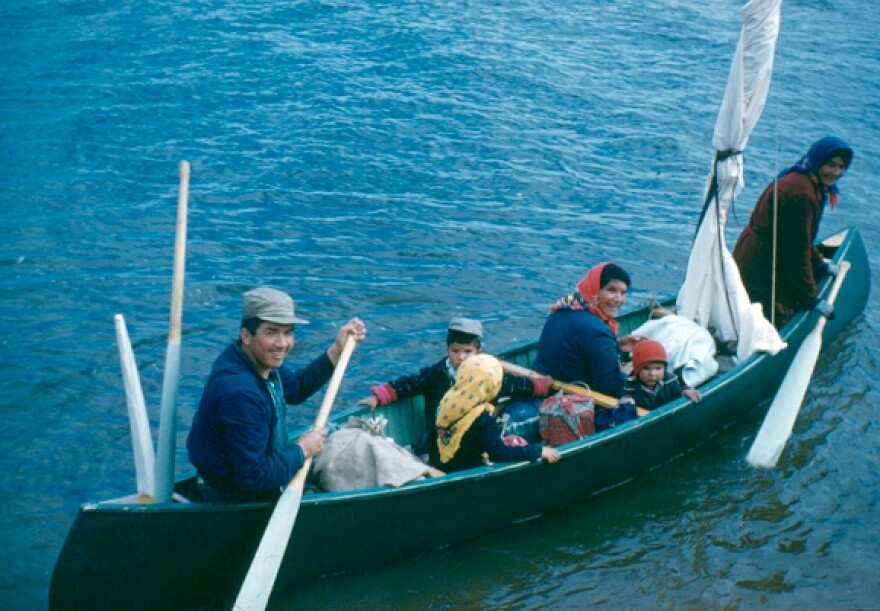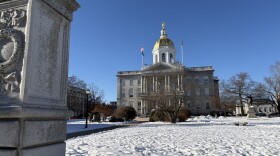On July 6, a federal judge ordered the shutdown of the Dakota Access Pipeline -- a victory for the resistance movement led by the Standing Rock Sioux Tribe.
But pull on the thread of this moment and you'll find it’s connected to a long and complicated history, of treaties made, kept, and violated, as well as the Supreme Court decisions that constitute so-called “native law."
DAPL, Standing Rock, and Treaties with Native American Nations
Sam Evans-Brown
The Dakota Access Pipeline last dominated the news in 2016 into 2017, when a prolonged protest led by the Standing Rock Sioux Tribe drew indigenous people from all over North America in a last bid effort to stop construction of the project.
But the pipeline did get built and filled with oil, even as the legal battle continued.
In March, a judge ruled that the Army Corps of Engineers had made serious mistakes in its environmental review of the pipeline, and had failed to consider the impacts of a possible spill on resources, a process guaranteed to the Sioux by various treaties and laws.
The company behind the pipeline says the decision will cost them $643 million in lost revenue for the end of 2020, and another $1.4 billion if it stays empty through 2021.
However, the judge wrote, “the fact that Dakota Access did assume much of its economic risk knowingly, and the potential harm each day the pipeline operates, the Court is forced to conclude that the flow of oil must cease.”
In other words: it’s not the law’s job to guarantee the profits of a private company.
"The United States has ideals that sometimes, and when it's acting as its best self, it realizes," said Kristen Carpenter, Director of the American Indian Law Program at the University of Colorado Boulder. "And one of them is that great nations, like great men, keep their promises, and treaties are the supreme law of the land," she continued, referencing a famous dissent by Justice Hugo Black in a 1960 case over land rights.
The decision was announced in the same week as a 5-4 Supreme Court ruling in McGirt v. Oklahama, a case which found that approximately 3 million acres in eastern Oklahama are the territory of the Muscogee (Creek) Nation.
"To have these fundamental promises guaranteed all this time later really speaks to their resilience and persistence, but also the potential of the United States to live up to those promises. To act as the democracy that it really is," said Carpenter.
The U.S. federal government has yet to recognize other Sioux Nation land rights, specifically concerning the Black Hills.
"The Black Hills are not for sale. They can't be compensated with a monetary payment," said Carpenter.

Revisiting Powerline: The Project of the Century
Sam Evans-Brown and Hannah McCarthy
Hydro-Québec, the world’s fourth-largest hydropower producer, pumps out low carbon electricity at the cheapest rates in North America. For some, it is the key to a greener, more prosperous future, but that “clean energy” comes freighted with a complicated history and an uncertain future.

This is the story of how a massive, state-owned utility company came to be a symbol of the French-Canadian people. It’s also the story of how a company, with all of the force of a colonial culture behind it, used its power to try to push Quebec’s original occupants—its indigenous people—to one side. It’s the story of how that effort led to something that has become its own kind of revolution in Canada: native people pushing to regain power over their own lives and culture.
"The Project of the Century" is the second installmment in Powerline, a four-part series about Hydro-Québec originally published on Outside/In in 2017. For pictures, documents, and more resources, check out the full Powerline series.









